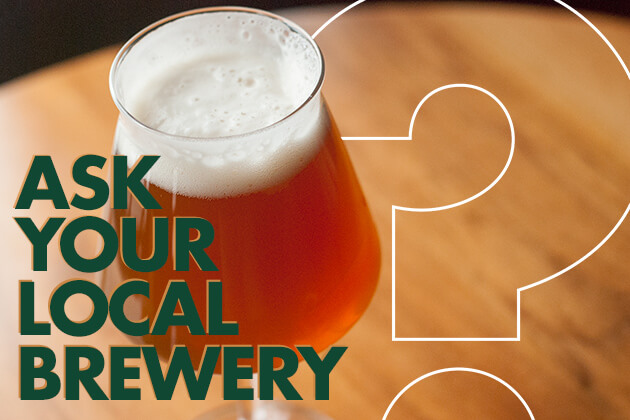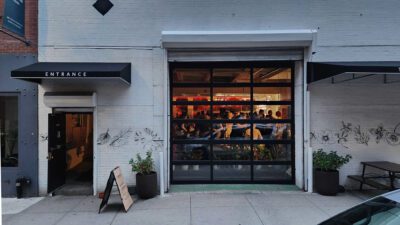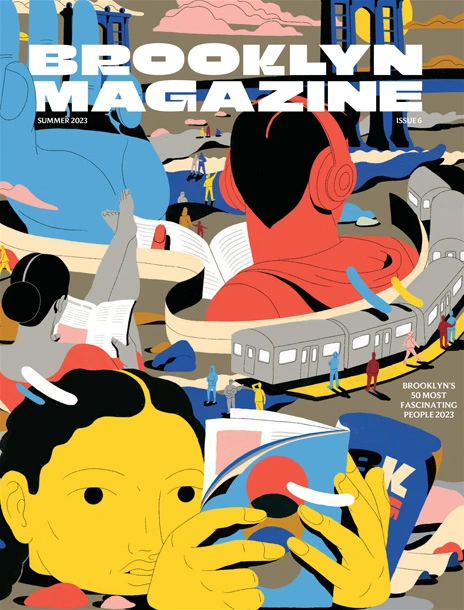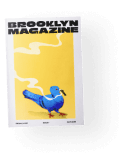Ask Your Local Brewery, Question #1: What Has Been the Most Influential Beer Of Your Career?
In our new series, Ask Your Local Brewery, Brooklyn Magazine poses questions to New York City’s beermakers. The first question is: What has been the most influential beer of your career?
Chris Sheehan, Gun Hill Brewing
I started homebrewing in 1986, after traveling all over Europe as a teenager. I had many wonderful beers in my travels but when I decided to move to California in pursuit of a brewing career in 1998, I had Sierra Nevada Pale Ale for the first time. It was a revelation! Pale Ale has changed some over the years but it and Sierra’s other products remain a mainstay in my home refrigerator to this day. The character of their yeast, combined with the Cascade hop character in that beer opened my eyes to a whole new world of brewing.
Naturally, as I progressed into a processional career in the Bay Area in 1991 I was also very much influenced by the other breweries in the region and their techniques with hop utilization. Sierra Nevada is still the progenitor of the American-style Pale Ale, though, and their yeast strain is the most widely used strain in the craft brewing movement today because of its hop-friendly nature and pleasant berry-like fruity esters. Today it is simply called “California Ale Yeast,” whether from White Labs or Wyeast, but we all know where it came from. I feel that many craft beer enthusiasts may not understand or recognize the key role that beer has played in the development of American craft beer. Naturally, Anchor was the true catalyst and some argue that Liberty Ale is the original American IPA. But Sierra Nevada’s Pale Ale played a critical role for me personally in my development as both a homebrewer and professional brewer.
Anthony Accardi, Transmitter Brewing
I remember hearing about The Ginger Man opening in the mid-1990s and then dragging my friends to what was then considered No Man’s Land between Koreatown and Not Much Else. The place was packed during the weekday evenings but I quickly learned that if you showed up on Saturday afternoons, you could have the place to yourselves. That gave us the time to look over the list and chat with the barkeep and try small samples of beers that seemed interesting. They’ve always had a huge list of beers but what stuck out to me most was Rodenbach. The bartender warned me that it was very tart and sour but I was amazed; I couldn’t get enough of it. The beautiful garnet color, the fruitiness layered with funk and vinegar notes coupled with complexity and balance kept me coming back for more. The flavor would linger but the acidity would dry out your mouth to ready you for the next hit. Later on, I realized its impact went beyond taste and just how influential it was for me. Rodenbach was the true gateway for me in exploring and loving other Belgian beers and styles, which ultimately led to starting Transmitter.
Rich Castagna, Bridge and Tunnel Brewery
I had spent a bunch of years traveling and living overseas starting in the early ’90s, which exposed me different beer styles. I had American craft beer out west. Weissebier in Bavaria. Cask ale in England. But I specifically remember the first time that I had stout. It was in the Kings Cross district in Sydney, Australia with some other backpackers and this one guy described stout as motor oil. I was sold after the first pint.
A couple of years later I was living in Seoul, Korea, which at the time, was a terrible place for drinking beer. There were very limited imports, and the local Korean breweries were known for using formaldehyde in their brewing processes. That meant that a night hitting the bars would often lead to flu-like symptoms the next week. Not stomach issues; more like a full-on flu. But during one cold Korean winter, word started going out among the ex-pats that the Irish Embassy was having a black tie event—super formal, for the diplomats resident in Seoul, and that they would be tapping kegs of Guinness. We all crapped ourselves with that news, and soon started devising a plan for getting some of that stout.
So the night of the party, a group of about 40 ex-pats, guys and girls, all met dressed up in the best clothes that we had traveled to Korea with. The girls looked good, but the guys were a rag tag bunch of odd jackets, button down shirts of various colors, and cheesy ties. But we were confident. In retrospect, we must have all had brain damage to think that we wouldn’t stand out among a formal gala; that’s how motivated we all were to have even just a taste of something dark and roasty. Long story short, two at a time, we were thrown out of that party by some of the biggest and stony faced Irish security dudes that I ever saw in my life. But me and a buddy did get a small pour in plastic cups, and it was worth the abrupt shove out the door.
Afterward, we all ended up in an after-hours basement bar; back then, there was a curfew of midnight when all the bars had to close for the night. And the first real inkling of brewing beer sprouted in my brain that night. I thought of brewing stout for the ex-pats. In retrospect, it would have been a wild success, and I would have had over 20 years of brewing under my belt instead of 13. But that timeframe was literally before the internet, and being in a foreign country made it hard to connect the dots toward my first kit. Nevertheless, stouts like Guinness have held a place in my heart—so much so that the very first style that I launched Bridge and Tunnel Brewery with was a milk stout named Ol’ Gilmartin. Better late than never.
You might also like 





















